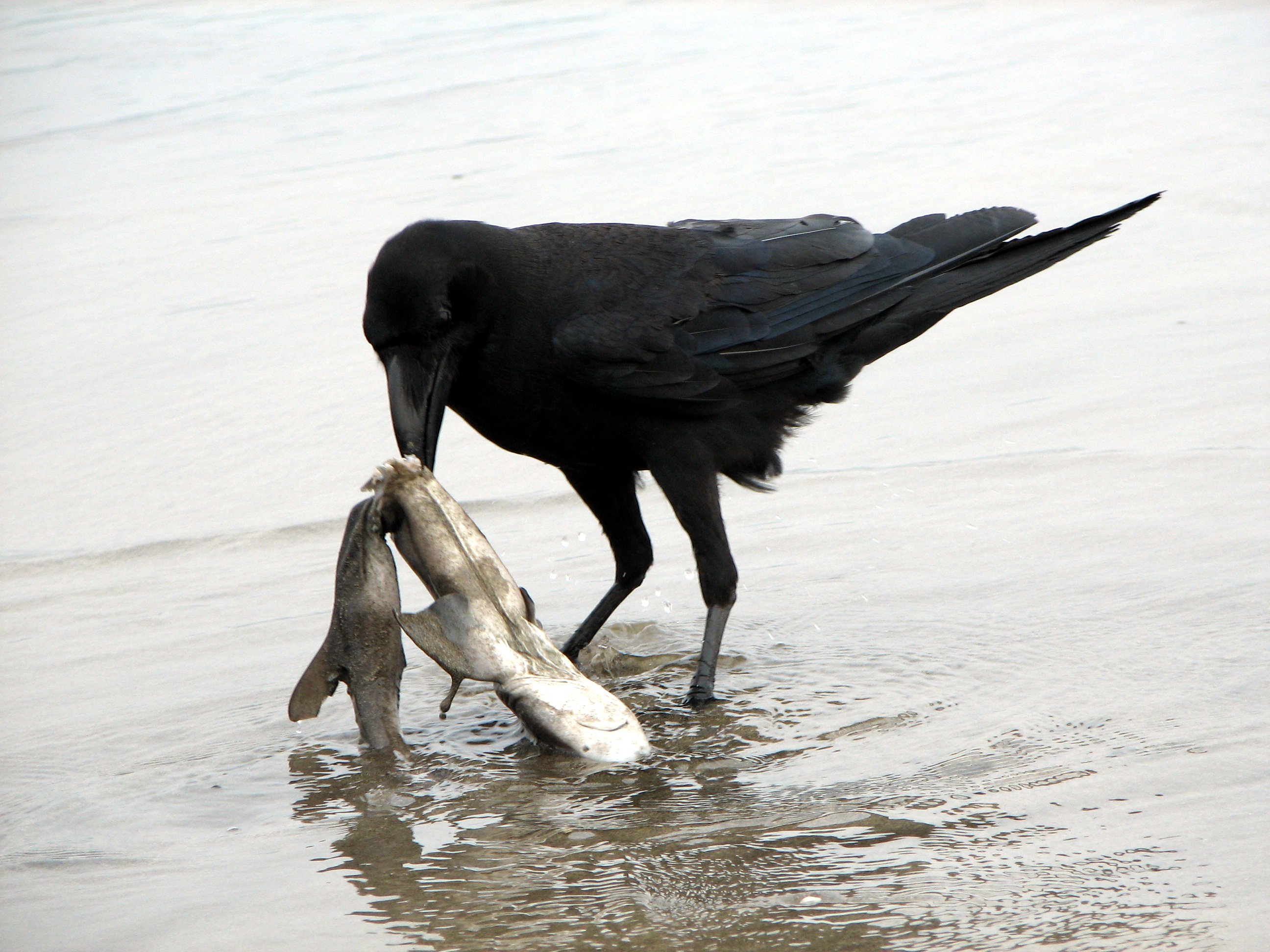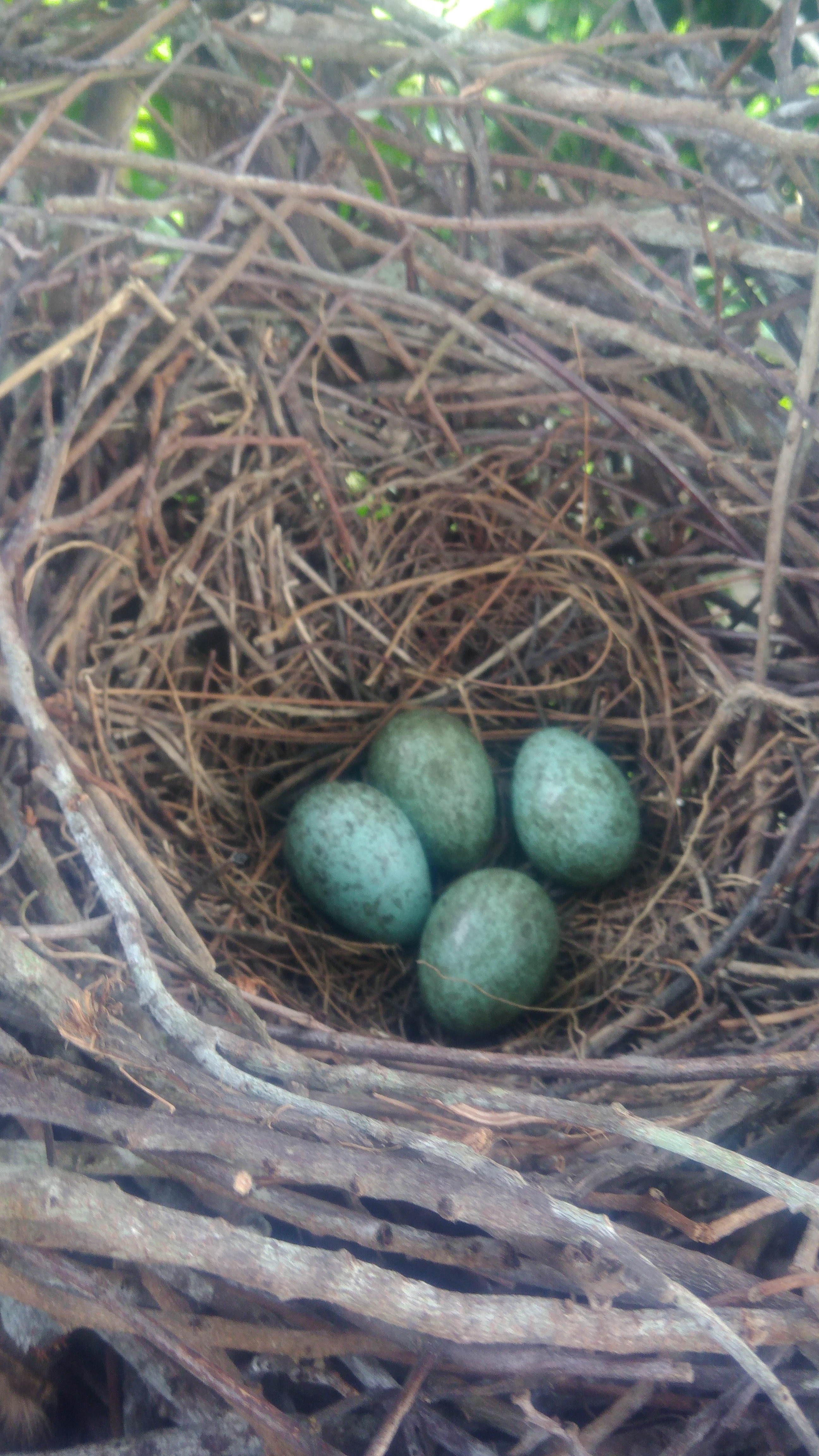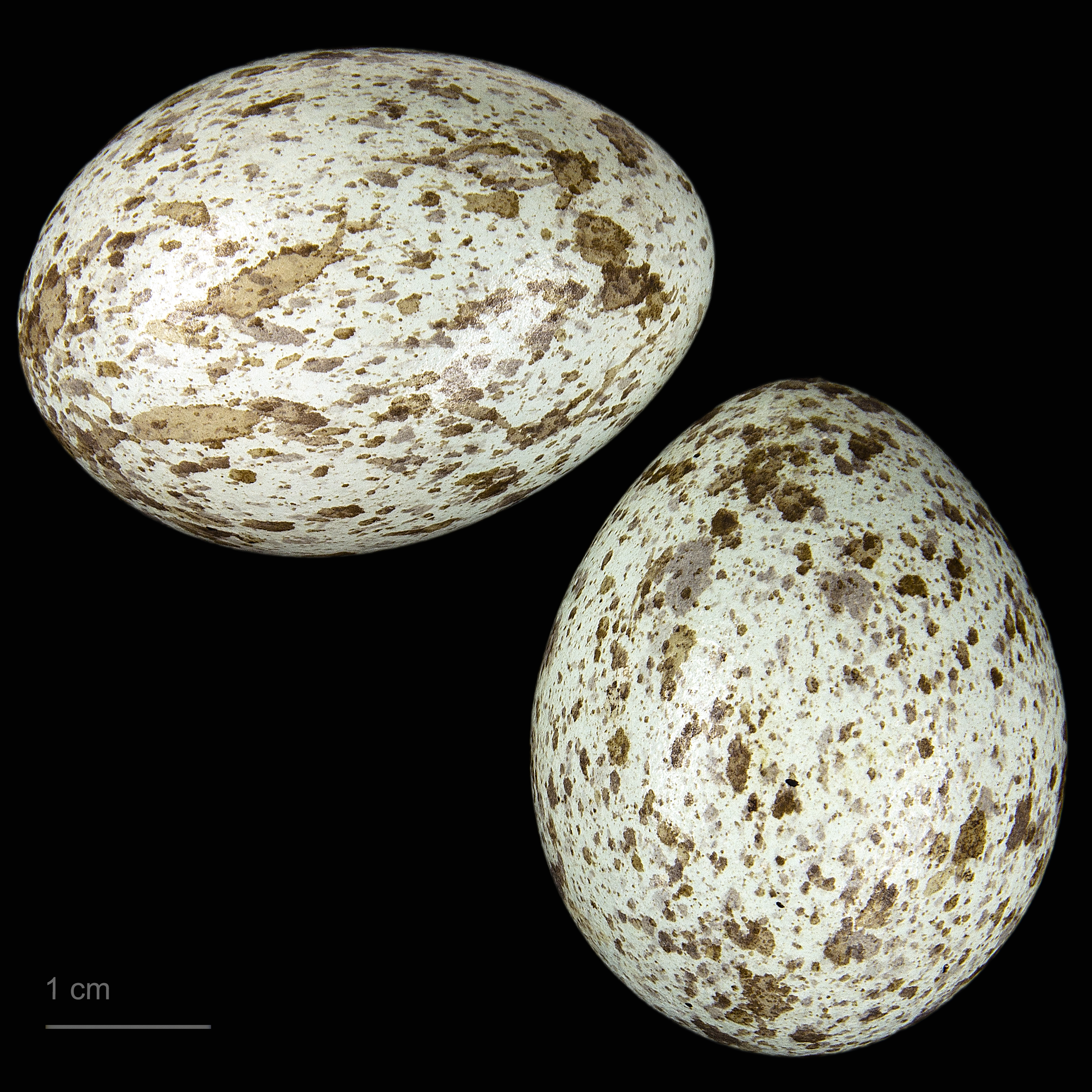Large-billed crow on:
[Wikipedia]
[Google]
[Amazon]
The large-billed crow (''Corvus macrorhynchos''), formerly referred to widely as the jungle crow, is a widespread
 The overall size (length: 46–59 cm; 18–23 in.). Wingspan is (100-130 cm; 39-51 in.). Body proportions vary regionally. In the far northeast in Japan, the
The overall size (length: 46–59 cm; 18–23 in.). Wingspan is (100-130 cm; 39-51 in.). Body proportions vary regionally. In the far northeast in Japan, the
 The range of this species is extensive and stretches from the northeastern
The range of this species is extensive and stretches from the northeastern

 The normal clutch consists of four or five eggs, and rarely six or seven. The egg is a broad oval, rather pointed at the smaller end. The texture is hard and fine and there is a fair gloss. The ground colour is any shade of blue-green, and is blotched, speckled and streaked with dull reddish-brown, pale sepia, grey and neutral tint. In size the eggs average about 1.45 by 1.05 inches. The jungle crow can serve as a host for the
The normal clutch consists of four or five eggs, and rarely six or seven. The egg is a broad oval, rather pointed at the smaller end. The texture is hard and fine and there is a fair gloss. The ground colour is any shade of blue-green, and is blotched, speckled and streaked with dull reddish-brown, pale sepia, grey and neutral tint. In size the eggs average about 1.45 by 1.05 inches. The jungle crow can serve as a host for the
Jungle crow call (two birds)Long-billed crow sounds
on xeno-canto. {{Taxonbar, from=Q111674 large-billed crow large-billed crow Birds of East Asia Birds of South Asia Birds of Southeast Asia Birds of Japan large-billed crow Articles containing video clips
Asia
Asia (, ) is one of the world's most notable geographical regions, which is either considered a continent in its own right or a subcontinent of Eurasia, which shares the continental landmass of Afro-Eurasia with Africa. Asia covers an are ...
n species of crow
A crow is a bird of the genus '' Corvus'', or more broadly a synonym for all of ''Corvus''. Crows are generally black in colour. The word "crow" is used as part of the common name of many species. The related term "raven" is not pinned scientifica ...
. It is very adaptable and is able to survive on a wide range of food sources, making it capable of colonizing new areas, due to which it is often considered a nuisance, especially on islands. It has a large bill, which is the source of its scientific name ''macrorhynchos'' (Ancient Greek
Ancient Greek includes the forms of the Greek language used in ancient Greece and the ancient world from around 1500 BC to 300 BC. It is often roughly divided into the following periods: Mycenaean Greek (), Dark Ages (), the Archaic p ...
for "large beak") and it is sometimes known by the common name thick-billed crow. It can also be mistaken for a common raven
The common raven (''Corvus corax'') is a large all-black passerine bird. It is the most widely distributed of all corvids, found across the Northern Hemisphere. It is a raven known by many names at the subspecies level; there are at least ...
. Johann Georg Wagler
Johann Georg Wagler (28 March 1800 – 23 August 1832) was a German herpetologist and ornithologist.
Wagler was assistant to Johann Baptist von Spix, and gave lectures in zoology at the Ludwig Maximilian University of Munich after it was moved ...
first described the species from a holotype
A holotype is a single physical example (or illustration) of an organism, known to have been used when the species (or lower-ranked taxon) was formally described. It is either the single such physical example (or illustration) or one of sever ...
obtained from Java in the year 1827. The eastern jungle crow
The eastern jungle crow (''Corvus levaillantii'') is a bird in the family Corvidae. It is found in China, Bangladesh, India, Myanmar, Nepal, Bhutan, and Thailand
Thailand ( ), historically known as Siam () and officially the Kingdom of ...
and Indian jungle crow were once considered conspecific and together called the jungle crow.
Subspecies
It has nine subspecies, and some of them are distinctive vocally, morphologically andgenetically
Genetics is the study of genes, genetic variation, and heredity in organisms.Hartl D, Jones E (2005) It is an important branch in biology because heredity is vital to organisms' evolution. Gregor Mendel, a Moravian Augustinian friar working i ...
, leading to treatments that raise some of them into species status.Madge, S. C. (2009). Large-billed Crow (Corvus macrorhynchos). pp. 631-632 in: del Hoyo, J., A. Elliott, & D. A. Christie. eds. (2009). '' Handbook of the Birds of the World. Bush-shrikes to Old World Sparrows.'' Barcelona: Lynx Edicions. .
*''C. m. colonorum''
*''C. m. connectens''
*''C. m. intermedius''
*''C. m. japonensis''
*''C. m. macrorhynchos''
*''C. m. mandschuricus''
*''C. m. osai''
*''C. m. philippinus''
*''C. m. tibetosinensis''
Description
 The overall size (length: 46–59 cm; 18–23 in.). Wingspan is (100-130 cm; 39-51 in.). Body proportions vary regionally. In the far northeast in Japan, the
The overall size (length: 46–59 cm; 18–23 in.). Wingspan is (100-130 cm; 39-51 in.). Body proportions vary regionally. In the far northeast in Japan, the Kuriles
The Kuril Islands or Kurile Islands (; rus, Кури́льские острова́, r=Kuril'skiye ostrova, p=kʊˈrʲilʲskʲɪjə ɐstrɐˈva; Japanese: or ) are a volcanic archipelago currently administered as part of Sakhalin Oblast in the ...
and the Sakhalin
Sakhalin ( rus, Сахали́н, r=Sakhalín, p=səxɐˈlʲin; ja, 樺太 ''Karafuto''; zh, c=, p=Kùyèdǎo, s=库页岛, t=庫頁島; Manchu: ᠰᠠᡥᠠᠯᡳᠶᠠᠨ, ''Sahaliyan''; Orok: Бугата на̄, ''Bugata nā''; Nivkh ...
peninsula, it is somewhat larger than the carrion crow
The carrion crow (''Corvus corone'') is a passerine bird of the family Corvidae and the genus ''Corvus'' which is native to western Europe and the eastern Palearctic.
Taxonomy and systematics
The carrion crow was one of the many species or ...
. All taxa have a relatively long bill with the upper one quite thick and arched, making it look heavy and almost raven-like. Generally, all taxa have dark greyish plumage from the back of the head, neck, shoulders and lower body. Their wings, tail, face, and throat are glossy black. The depth of the grey shading varies across its range.
Distribution and habitat
 The range of this species is extensive and stretches from the northeastern
The range of this species is extensive and stretches from the northeastern Asia
Asia (, ) is one of the world's most notable geographical regions, which is either considered a continent in its own right or a subcontinent of Eurasia, which shares the continental landmass of Afro-Eurasia with Africa. Asia covers an are ...
n seaboard to Afghanistan
Afghanistan, officially the Islamic Emirate of Afghanistan,; prs, امارت اسلامی افغانستان is a landlocked country located at the crossroads of Central Asia and South Asia. Referred to as the Heart of Asia, it is bordere ...
and eastern Iran
Iran, officially the Islamic Republic of Iran, and also called Persia, is a country located in Western Asia. It is bordered by Iraq and Turkey to the west, by Azerbaijan and Armenia to the northwest, by the Caspian Sea and Turkmeni ...
in the west, through South and Southeast Asia
Southeast Asia, also spelled South East Asia and South-East Asia, and also known as Southeastern Asia, South-eastern Asia or SEA, is the geographical south-eastern region of Asia, consisting of the regions that are situated south of mainlan ...
, to the Lesser Sundas and Cambodia
Cambodia (; also Kampuchea ; km, កម្ពុជា, UNGEGN: ), officially the Kingdom of Cambodia, is a country located in the southern portion of the Indochinese Peninsula in Southeast Asia, spanning an area of , bordered by Thailan ...
in the southeast. It occurs in woodland, parks and gardens, cultivated regions with at least some trees, but is a bird of more open country in the south of its range where it is not in competition with the common raven and carrion crow of the north.
Ecology and behaviour
Diet
Extremely versatile in its feeding, it will take food from the ground or in trees. They feed on a wide range of items and will attempt to feed on anything appearing edible, alive or dead, plant or animal. It is also one of the most persistent species and is quite bold, especially in urban areas. In Japan, crows are considered to be a pest, as they rip open garbage bags and take wire coat hangers for their nests. In Sri Lanka, Karunarathna & Amarasinghe (2008)Karunarathna, Amarasinghe (2008). ''Beobachtung einer Dickschnabelkrähe (Aves: Corvidae) beim Erbeuten von Ceylon-Taubagamen, Cophotis ceylanica (Reptilia: Agamidae), in Horton Plains Nationalpark auf Sri Lanka. Sauria'' 30(4):59-62. noted that the jungle crow might actually be a, if not the, major predator of local small animals; jungle crows are highly experienced at catching lizards, taking only 45 minutes to find, catch and consume four critically endangered endemic lizards in Horton Plains National Park. Food caching behaviour has been noted in ssp. ''culminatus''.Breeding
The nest is a platform of twigs, usually high up on a tree with a preference for tall conifers like fir or pine. There are normally 3–5 eggs laid and they are incubated for 17–19 days. The young are fledged usually by about the 35th day. In India, the large-billed crow breed from March to May, but in the plains some of them start even in mid December. The nest is built in a fork of a tree, and is a shallow cup of sticks, sometimes neat and well made, sometimes sketchy and ragged; it is lined with grass roots, wool, rags, vegetable fibre, and similar materials. Some nests have been found to be built partly or exclusively of wire.Whistler, Hugh (1928). ''Popular Handbook of Indian Birds.'' Gurney and Jackson.
 The normal clutch consists of four or five eggs, and rarely six or seven. The egg is a broad oval, rather pointed at the smaller end. The texture is hard and fine and there is a fair gloss. The ground colour is any shade of blue-green, and is blotched, speckled and streaked with dull reddish-brown, pale sepia, grey and neutral tint. In size the eggs average about 1.45 by 1.05 inches. The jungle crow can serve as a host for the
The normal clutch consists of four or five eggs, and rarely six or seven. The egg is a broad oval, rather pointed at the smaller end. The texture is hard and fine and there is a fair gloss. The ground colour is any shade of blue-green, and is blotched, speckled and streaked with dull reddish-brown, pale sepia, grey and neutral tint. In size the eggs average about 1.45 by 1.05 inches. The jungle crow can serve as a host for the Asian koel
The Asian koel (''Eudynamys scolopaceus'') is a member of the cuckoo order of birds, the Cuculiformes. It is found in the Indian Subcontinent, China, and Southeast Asia. It forms a superspecies with the closely related black-billed koels, and ...
.
Roosting
Gregarious at roosts with many thousands at some roost sites. Large flocks may be seen at dusk arriving at major roost sites. These roosts show no apparent reduction even during the breeding season, and this is because they do not breed during their first year. During the day pairs may be involved in defending their territory but at night they may roost in large groups. They have linear dominance hierarchies that are remembered based on individual recognition.Voice
The voice is similar to thehouse crow
The house crow (''Corvus splendens''), also known as the Indian, greynecked, Ceylon or Colombo crow, is a common bird of the crow family that is of Asian origin but now found in many parts of the world, where they arrived assisted by shipping. ...
to which it is closest, but deeper and usually more resonant and described as the usual loud "caa-haa-caa". However, it makes a range of calls, some which could be described as "cau cau" and others that could be mistaken for a woodpecker drumming.
Mortality factors
There are few predators of this species. Filarial parasites have been reported from this species. Pathogenic viruses such asH5N1
Influenza A virus subtype H5N1 (A/H5N1) is a subtype of the influenza A virus which can cause illness in humans and many other animal species. A bird-adapted strain of H5N1, called HPAI A(H5N1) for highly pathogenic avian influenza virus of type ...
have been noted to cause mortality in Japan. Large scale deaths have also been noted to be caused by ''Clostridium'' infection and enteritis.Asaoki, Yoshiji; Yanai, Tokuma; Hirayama, Haruko; Une, Yumi; Saito, Eriko; Sakai, Hiroki; Goryo, Masanobu; Fukushi, Hideto; and Masegi, Toshiaki (2004). Fatal necrotic enteritis associated with ''Clostridium perfringens'' in wild crows (''Corvus macrorhynchos''). ''Avian Pathology'' 33(1):19-24.
References
External links
*Jungle crow call (two birds)
on xeno-canto. {{Taxonbar, from=Q111674 large-billed crow large-billed crow Birds of East Asia Birds of South Asia Birds of Southeast Asia Birds of Japan large-billed crow Articles containing video clips